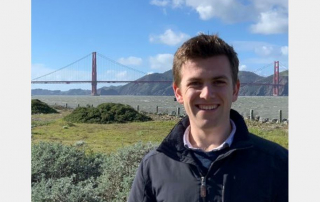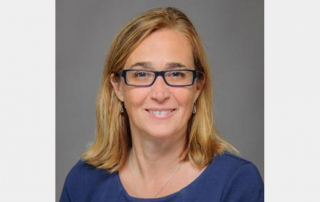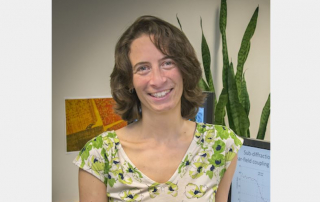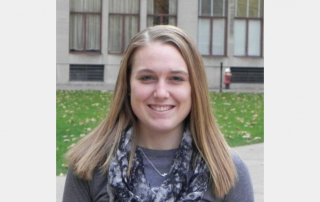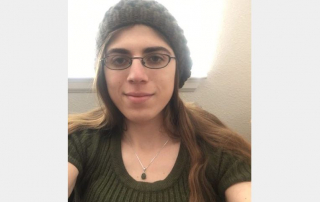Congrats to Colum O’Leary for Receiving a Poster Award at the 2023 Molecular Foundry User Meeting
Dr. Colum O’Leary received a poster award at the annual Molecular Foundry User Meeting at Lawrence Berkeley National Laboratory. Colum’s poster was titled, “Visualizing embedded interfaces on the nanoscale via multislice electron ptychography”.
